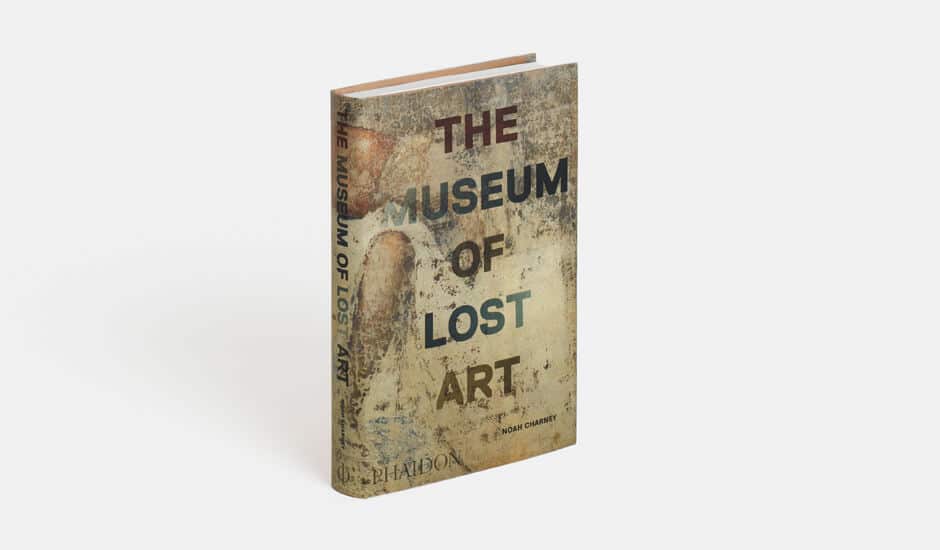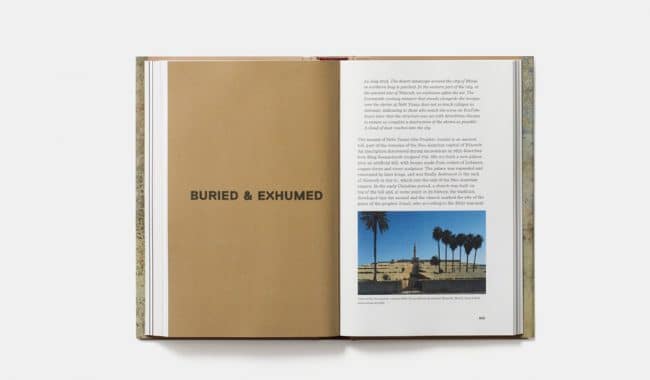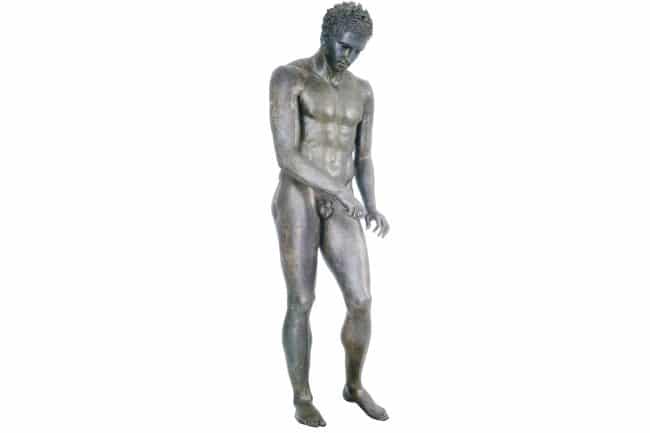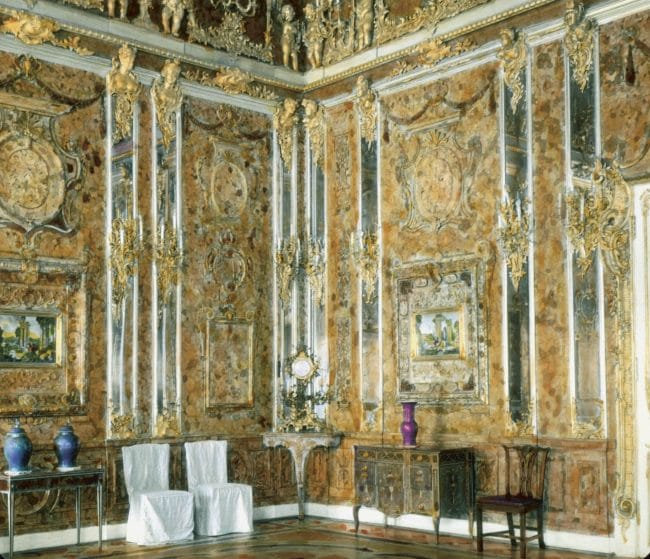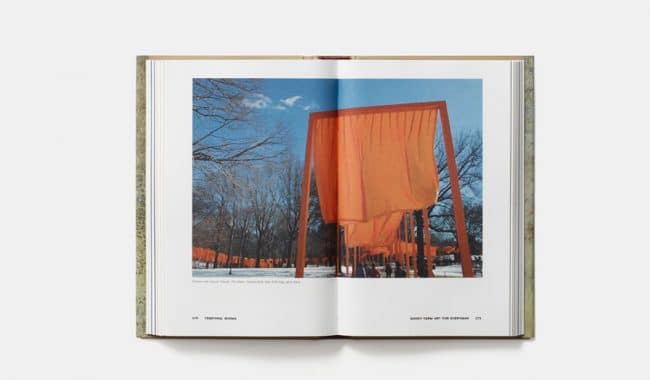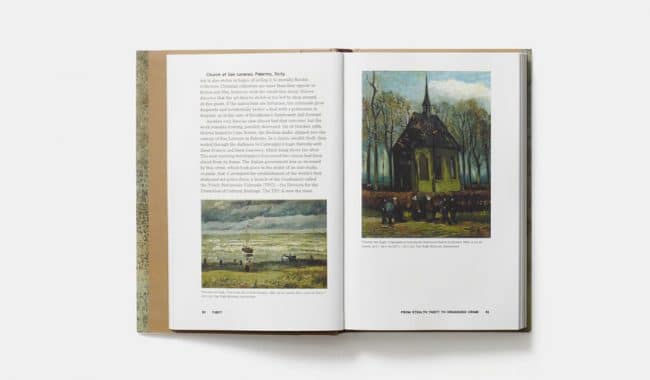In the follow up to his recent book, The Art of Forgery, art historian Noah Charney promises to take us on journey through art lost through the ages in The Museum of Lost Art. It is a book that not only takes a look these losses via the more obvious culprits like war, theft, accident, vandalism and acts of god, but the less evident, discovering, for example, how artists or owners are frequent culprits or where the art was never meant to be saved in the first place.
Charney explores the subject via short tales within each chapter. These bounce energetically anywhere from ancient history to the modern day, with stories that may perhaps be rooted in myth, fantasy or reality. We are taken on many journeys – often incredible, improbable or amusing in a book that is educational and highly enjoyable.
Alarmingly, art theft is one of the world’s largest criminal trades, amounting to hundreds of millions of pounds in the UK alone, and The Museum of Lost Art elucidates us via engaging tales of opportunist thieves, organised crime or act of war. We learn of the Roman sack of Greek Syracuse, Nazi theft and of master thieves colluding with detectives whilst rich collectors overlook dubious provenance.
There is not only loss, but often recovery and rediscovery. Pieces snatched in dramatic heists are found in damp mafia cellars whilst missing masterpieces have been found in junk shops or simply sitting in front of museum curators noses, forgotten, misidentified or overpainted. Parts of the magnificent amber room of Peter the Great’s Summer Palace in St Petersburg has been rediscovered with hints there may be more stashed away.
There are plenty of tantalising stories of missing art that may yet be recovered from the Museum of Lost Art. The disgraceful French and British looting of Beijing’s Summer Palace during the Opium wars included twelve zodiac animal heads from the central fountain. Seven have so far been recovered, including two recently sold from the collection of Yves St Laurent – keep your eyes open for a snake, sheep, rooster, dog and dragon.
Fire consumed numerous works at the Alcazar in 1734 as did the Great Fire of Rome in 64. In 2004 the Momart warehouse disaster consumed £50 million’s worth of art that some media controversially felt was worthless – a year later they commissioned the Chapman Brothers to design a christmas gift. They produced a cigarette lighter.
Mindless Vandalism and targeted iconoclasm are given a joint chapter which jumps from the likes of Hagia Sophia in Istanbul, created, covered up and now restored to Savonorola’s Bonfire of the Vanities, Hitler’s degenerate art to the recent destruction by ISIS.
Some art from the Museum of Lost Art was planned to be lost or the destruction was be part of the artistic process. Metzger’s Destruction in Art Symposium took place in 1966 with associated destructive events whilst performance art is designed to be temporal. Ulay’s Phototot exhibited unfixed photographic images in darkness before an audience that watched them quickly disappear when the lights were turned on. Christo’s installations, like his orange Gates in New York were only ever temporary.
Artists of course frequently destroy many of their own substandard works, but Michaelangelo systematically destroyed all his sketches so that nothing but the perfection of the final artwork would be seen. On other occasions patrons destroy the work when unhappy with the result – Graham Sutherland’s portrait of Winston Churchill was one famous victim.
Art is of course a formidably extensive subject with ill-defined boundaries and in Museum of Lost Art Charney frequently allows himself to drift off subject. We examine possible cities (Troy), lost gardens (Babylon), legendary characters (Arthur), missing countries (Atlantis) and destroyed – or not – literature (Kafka). These diversions are however quickly forgiven as these side stories are not only fascinating but soon link back in to the central theme.
Each reader will have their own ideas about artworks that could have been included – I missed Whiteread’s demolished House, a discussion of graffiti and the Festival of Britain’s lost Skylon. This is not to criticise but a compliment as to how Charney sparks us to consider how broadly and deeply this subject stretches.
The Museum of Lost Art closes with Bas Jan Alder – a lost artist – sailing off in to the Atlantic in the performance artwork ‘In Search of the Miraculous’. He was never seen again. We are left with sadness over all that has been lost but despite this there is a strong message that the joy and wonder of rediscovery can often triumph. Perhaps we do not realise the value of what we have without that very risk of it being lost?
To purchase a copy of The Museum of Lost Art by Noah Charney visit here
Click here to visit Phaidon
For our curated recommendations for Art, Culture, Design and Architecture books visit the CELLOPHANELAND* bookstore




